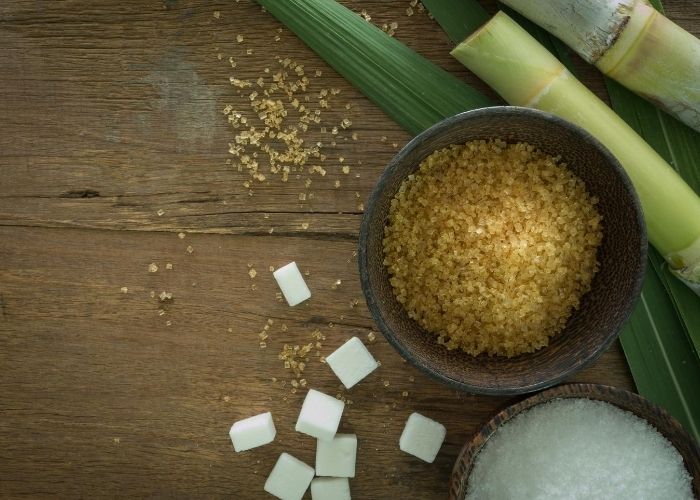|
Mill Mud has long been used by Cane Growers as a source of nutrients that can be cheaply added back on to paddocks to rejuvenate soils. Mill mud is a by-product that remains after sugar cane juice filtered. It contains soil from the sugarcane, sugars and bagasse particles and lime, which is used in the clarification process. It is combined with the Ash that remains after the combustion of fuel in mill boilers. In the last decade, the Sugar Industry has carried out extensive research to investigate the benefits of efficiently applying Mill Mud to cane fields before crops are planted as a valuable organic soil conditioner and important source of plant nutrients thereby enhancing a farm’s best practice methods, increasing productivity and improving sustainability. This is a marvellous environmentally friendly, mutually beneficial process that reuses what is essentially a waste product that must be removed from the Mill so that they can continue to operate, whilst helping Growers to reduce fertiliser use (and costs) during each cane production cycle. Research has included:
Cane Growers consider the current nutrient levels in their soils prior to use to ensure that the use of Mill Mud and any subsequent applications of fertiliser does not result in excessive build-up of certain nutrients, particularly nitrogen.
So, does Mill Mud make a good turf underlay?
Mill Mud is also used extensively in North Queensland as a standalone product or an organic additive to many lawn and garden mix soils. We have our reservations though… it is possible to have too much of a good thing!! When considering whether this product is suitable as a turf underlay, we would like to first highlight that Cane Farms apply mill mud over vast areas at reasonably low rates. Interestingly, The Wet Tropics Sugar Industry Partnership made several key conclusions that we believe are also applicable to its use as a turf underlay:
In recent years, we have assessed several lawns in DIY turf projects that have used Mill Mud with adverse results. There may be others that we are simply not aware of. It would be our recommendation that before you choose your turf underlay that you look at your site requirements (what’s the ground currently like? what does it need?), research your options for a good quality soil and always choose a reputable Soil Supplier. We would advise against using only Mill Mud as a turf underlay. It is possible that Mill Mud can produce excellent results when added to a blended soil. When considering a Super Mix / Lawn Mix soil with Mill Mud included, remember that it has continuous variations in its composition. These variations require the Soil Supplier to always be on point with the development of each mix to ensure that it is a good quality blend every time. In our experience, we have found that Mill Mud will give your turf an incredibly rich hit of nutrients up front, however, it can have a long-term detrimental effect on your lawn’s health when it throws your soil pH level out of whack because it has been left unchecked or additional fertiliser has been applied. Counteractive measures will be required to bring your soil back into balance. As you can appreciate, this fault when combined with other contributing factors, like a bit too much shade, under or over-watering can have a snowball effect that will require a considerable investment of time and money to fix your soil and lawn. In summary, it would be our advice to be careful using Mill Mud as a turf underlay product because you will most likely have pH problems down the track. Whereas, investing in a quality ‘Australian Standards’ soil will pay dividends for many years to come. Comments are closed.
|
AuthorWrite something about yourself. No need to be fancy, just an overview. Archives
July 2022
Categories
All
|





 RSS Feed
RSS Feed
